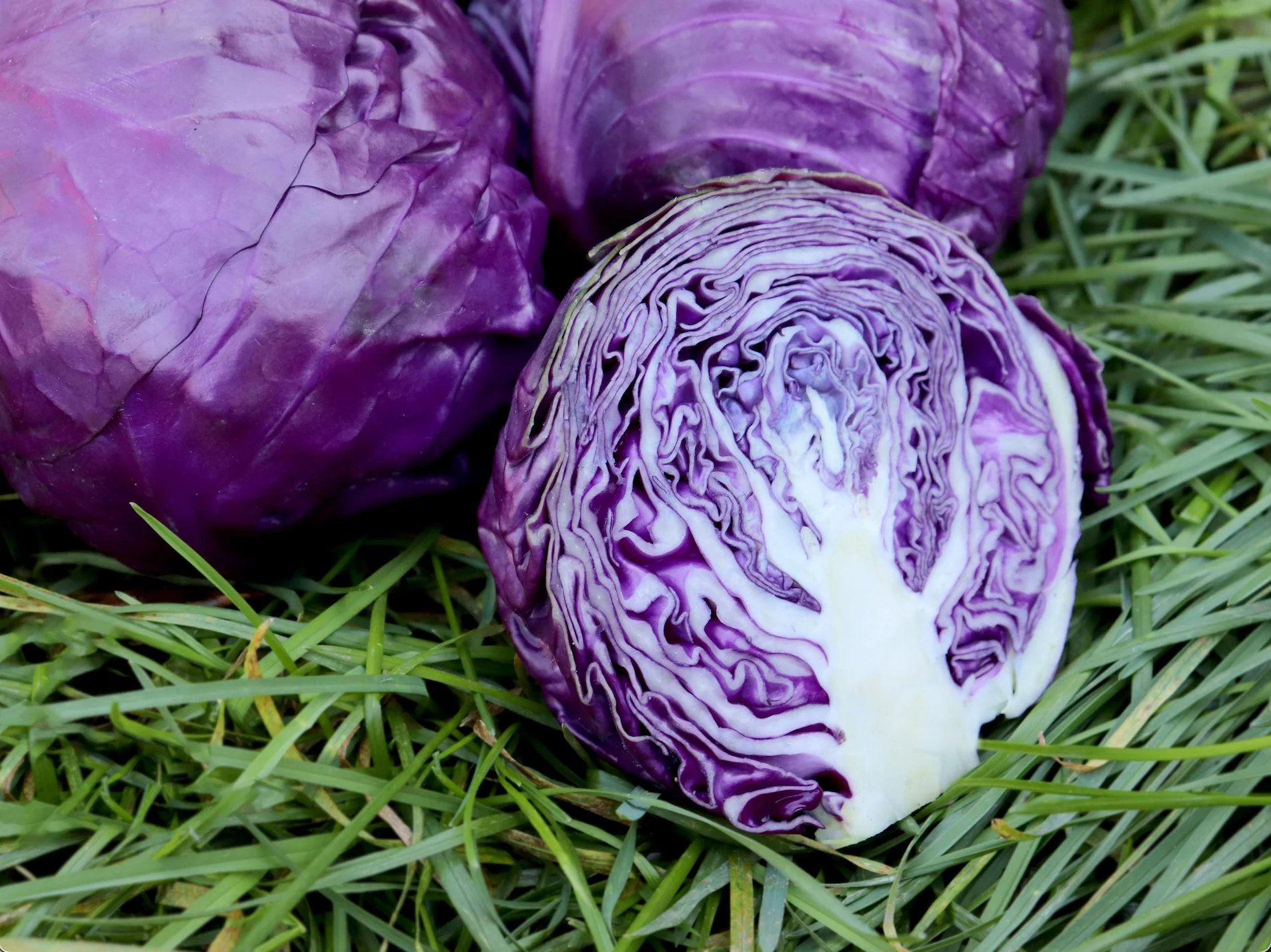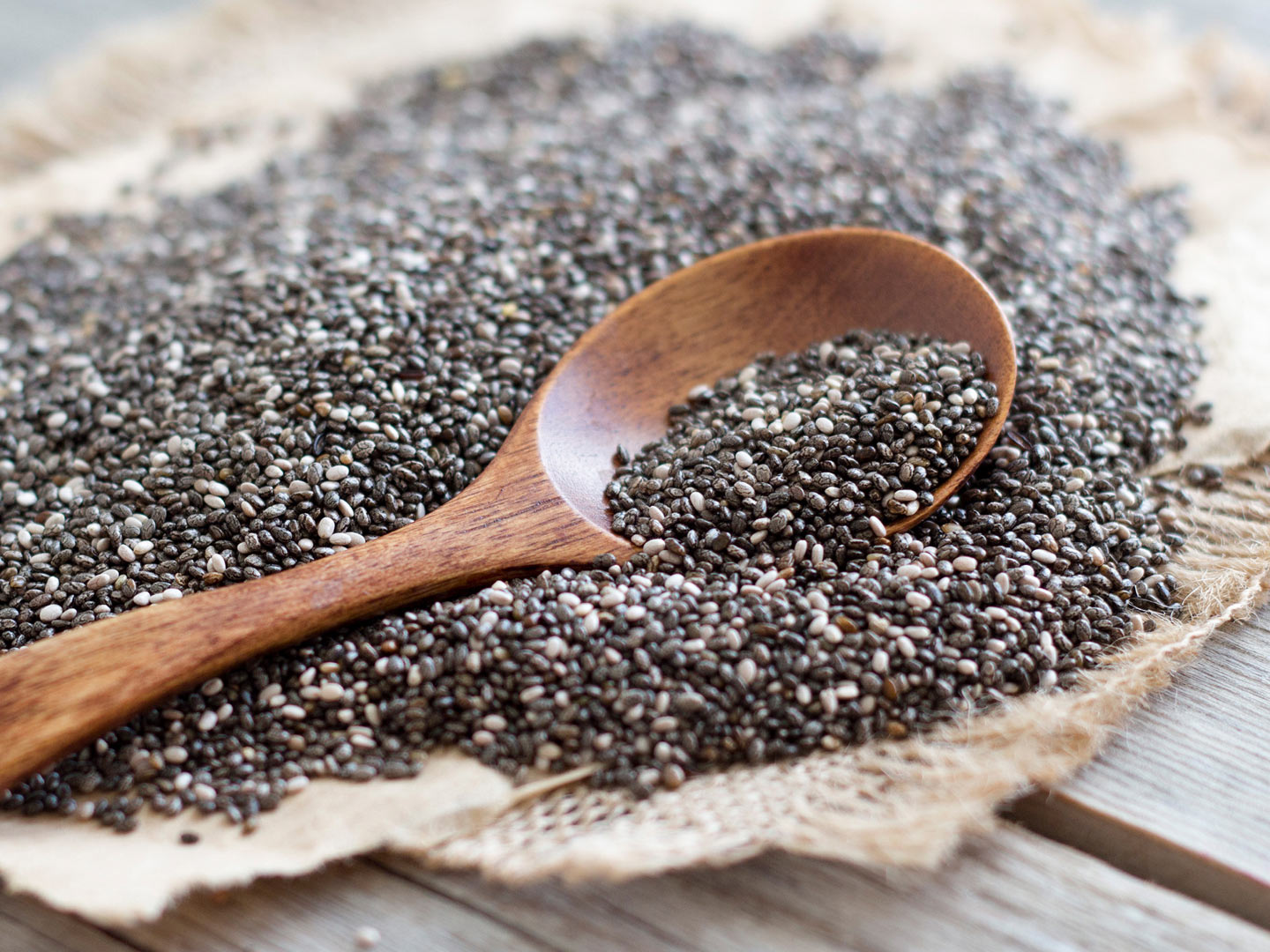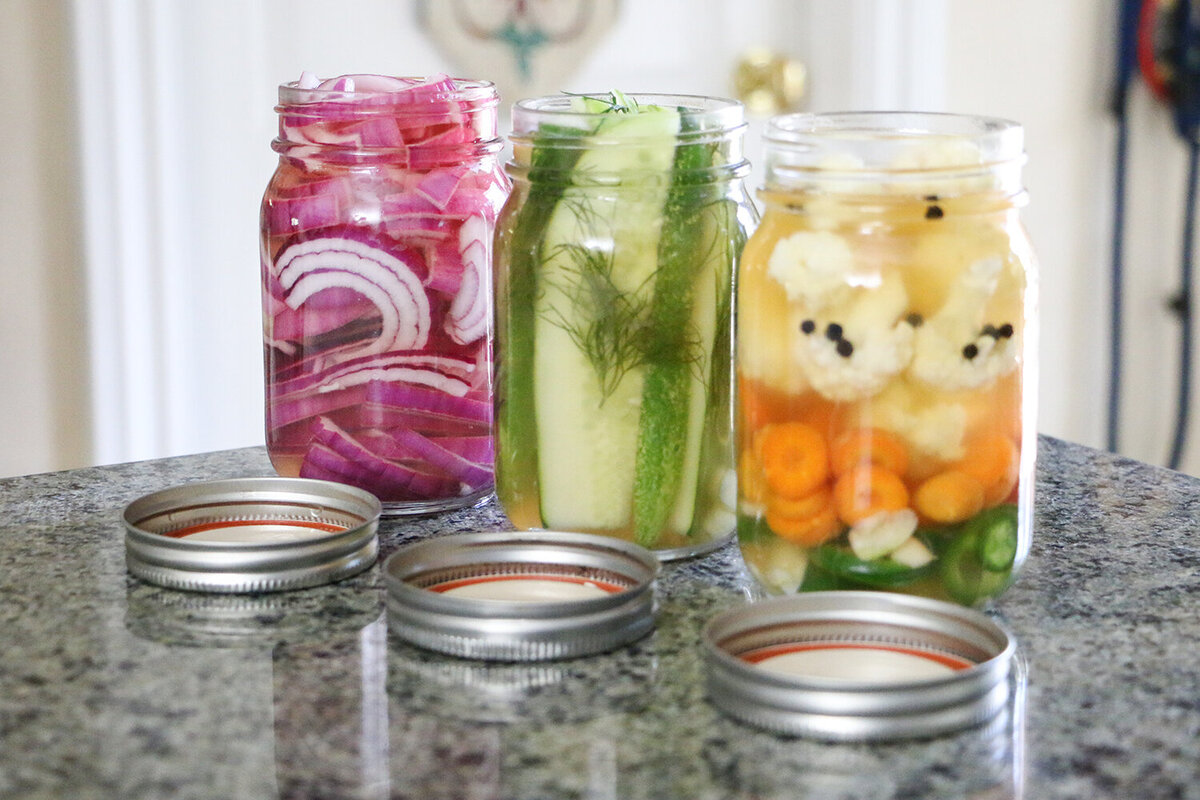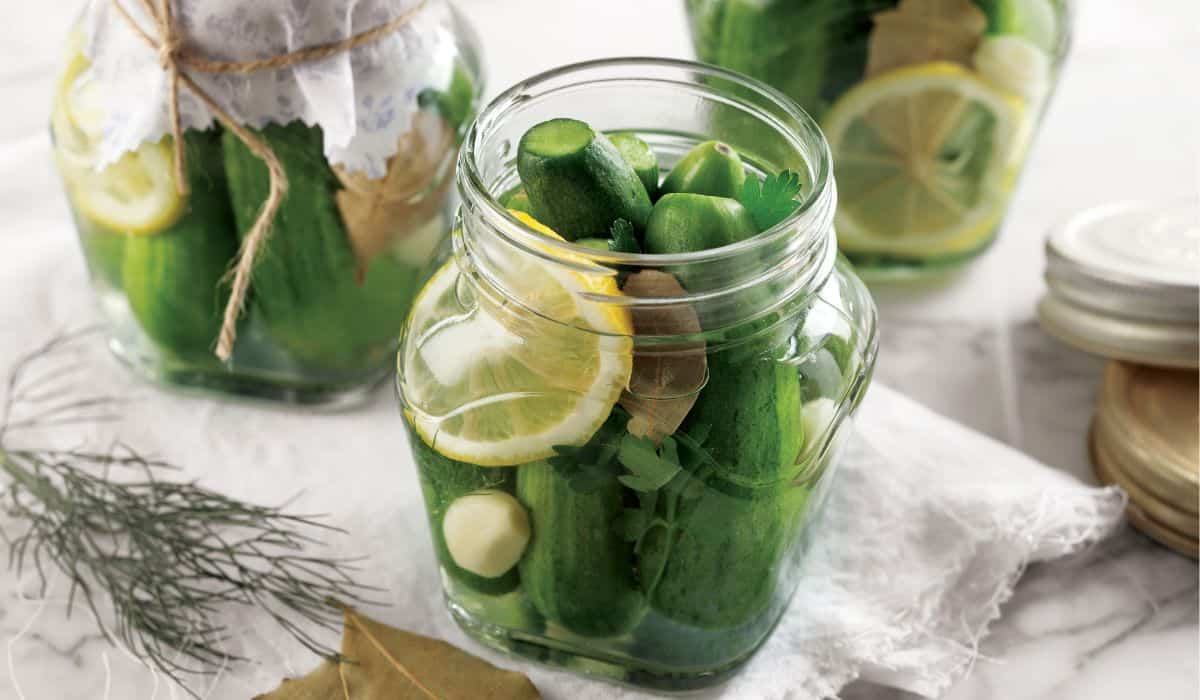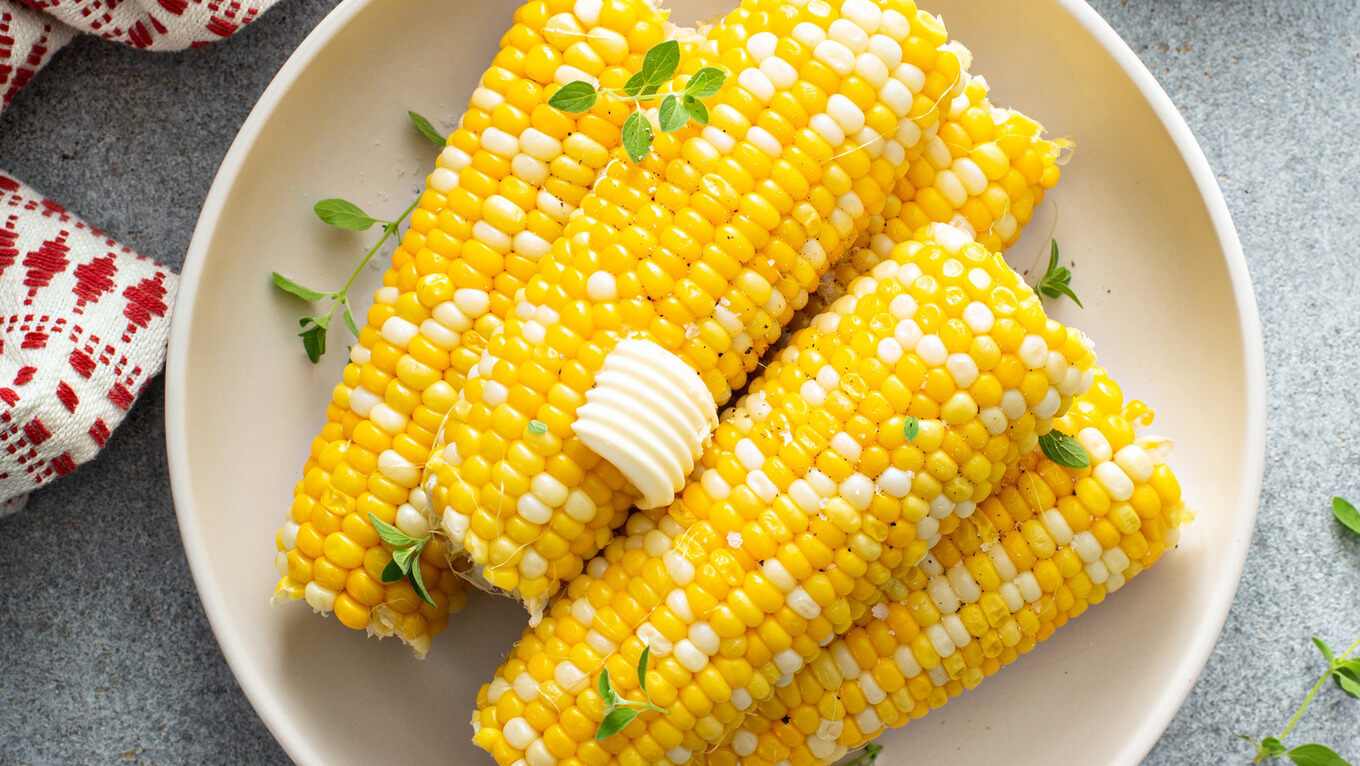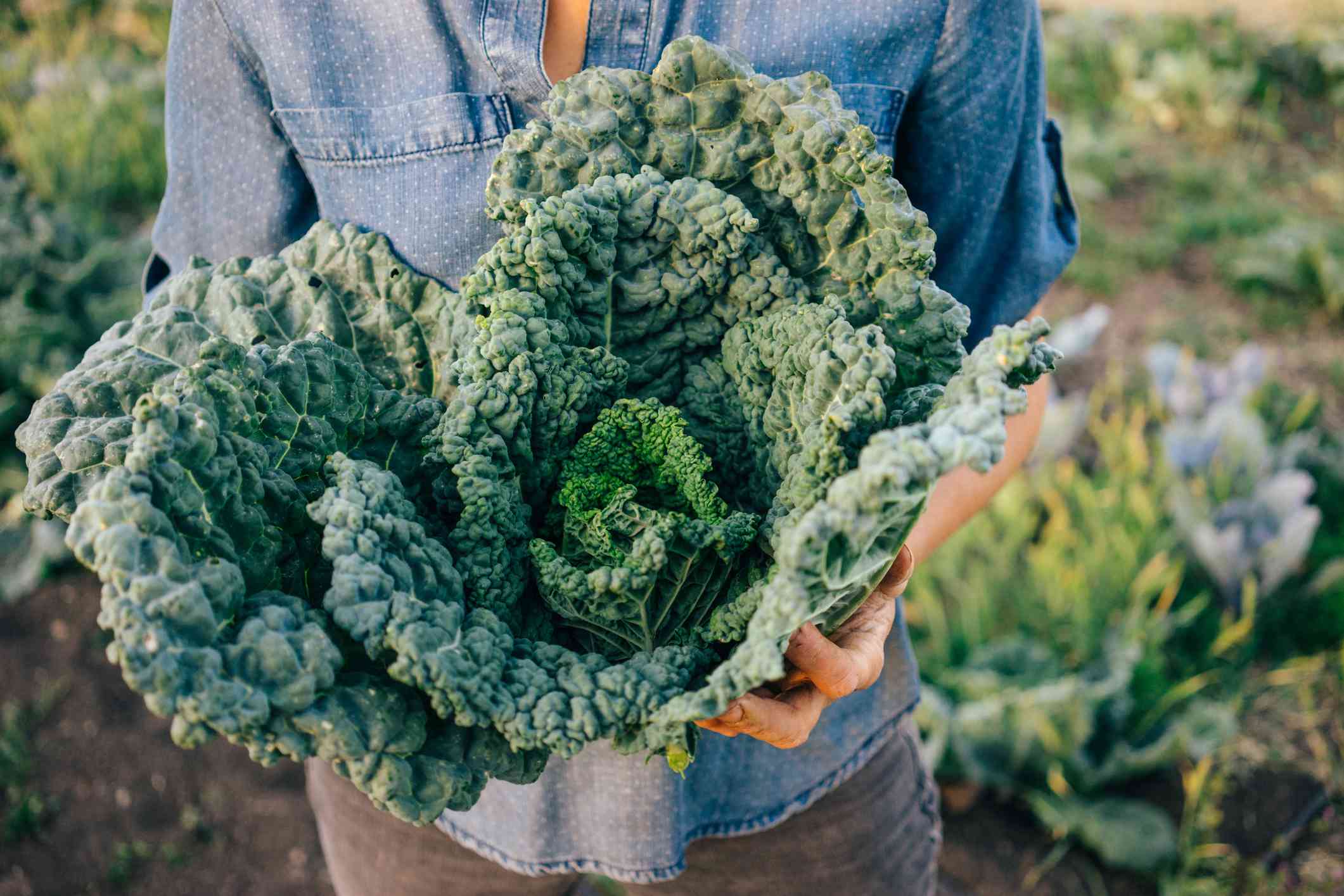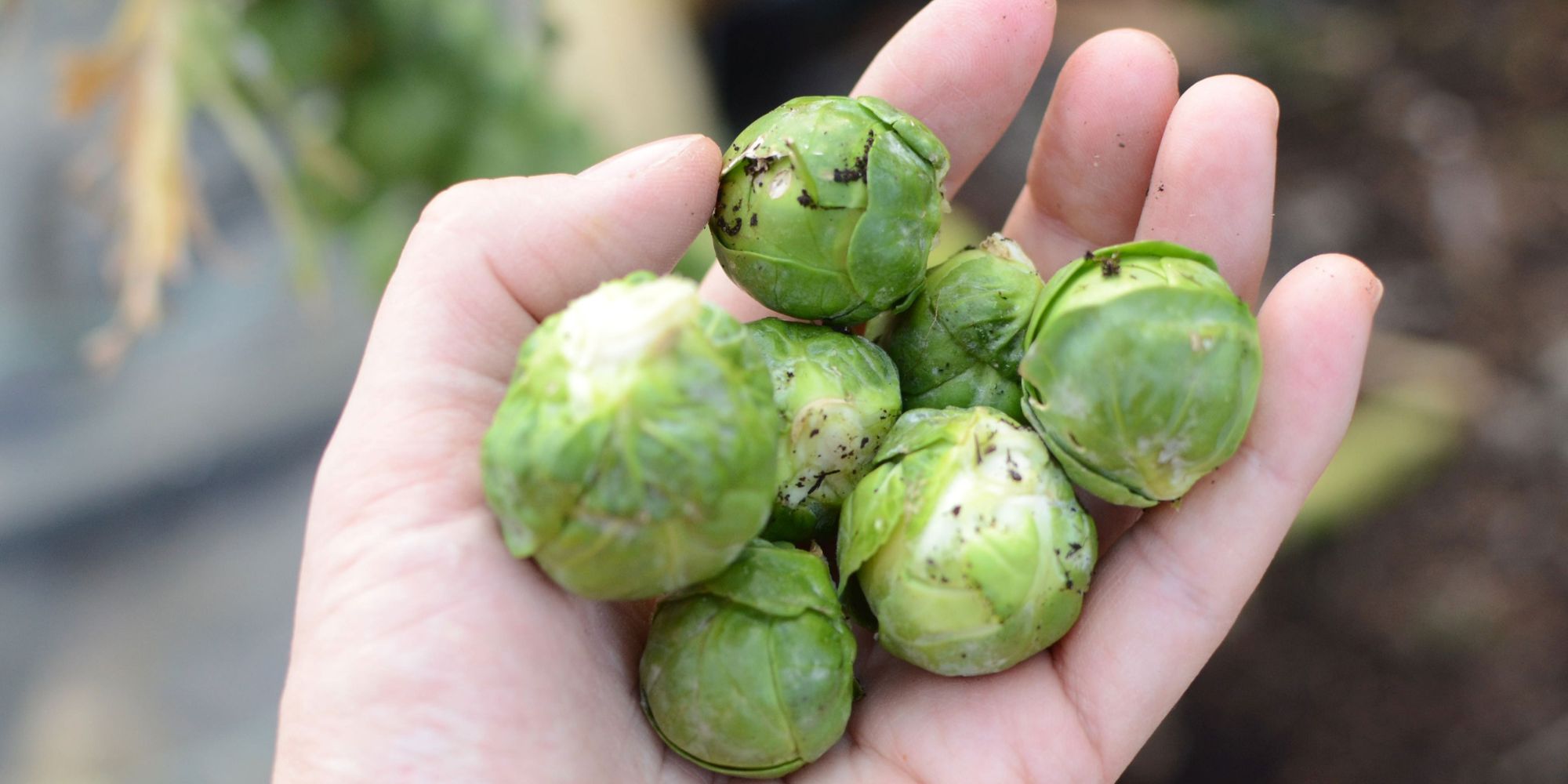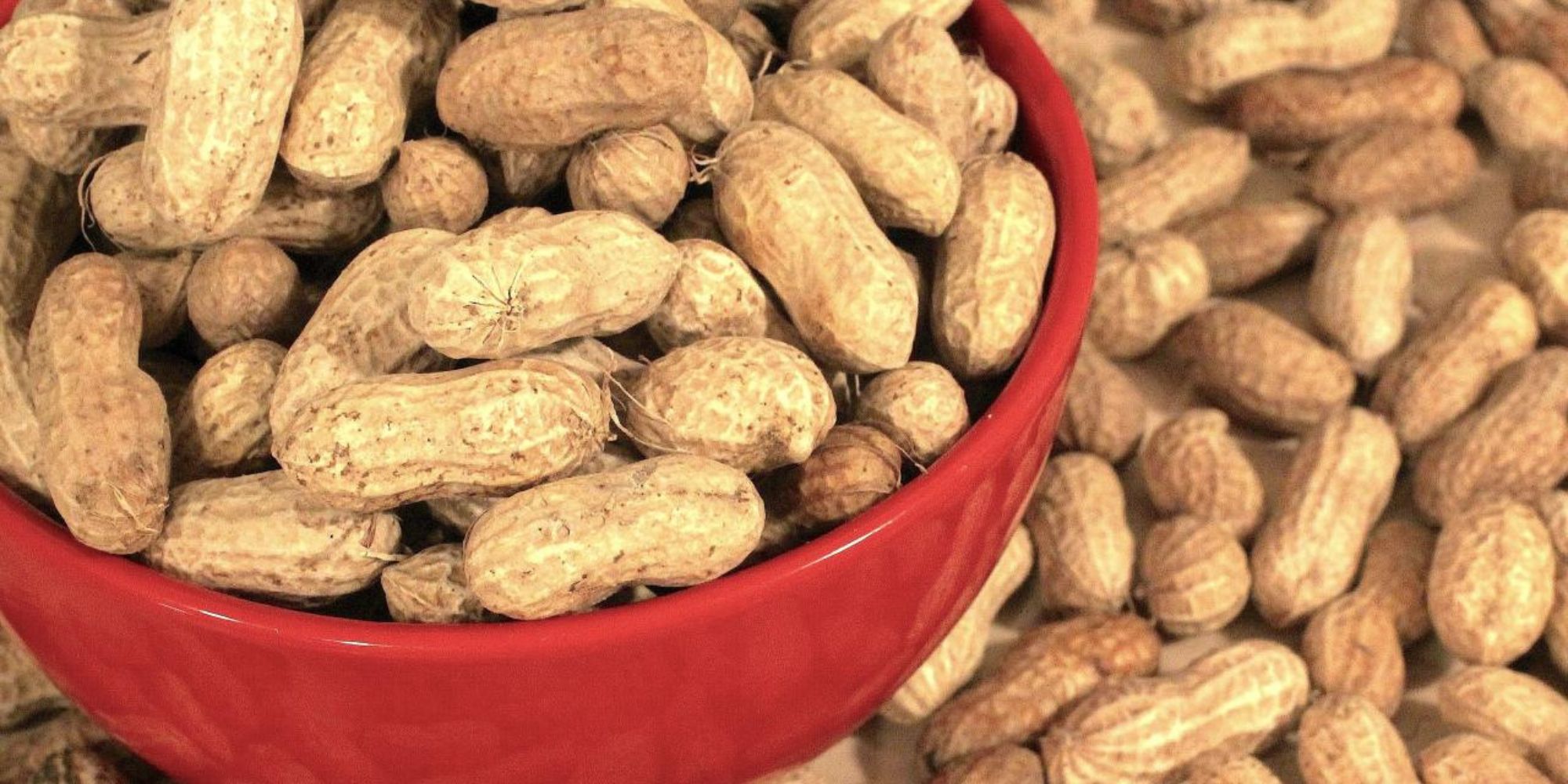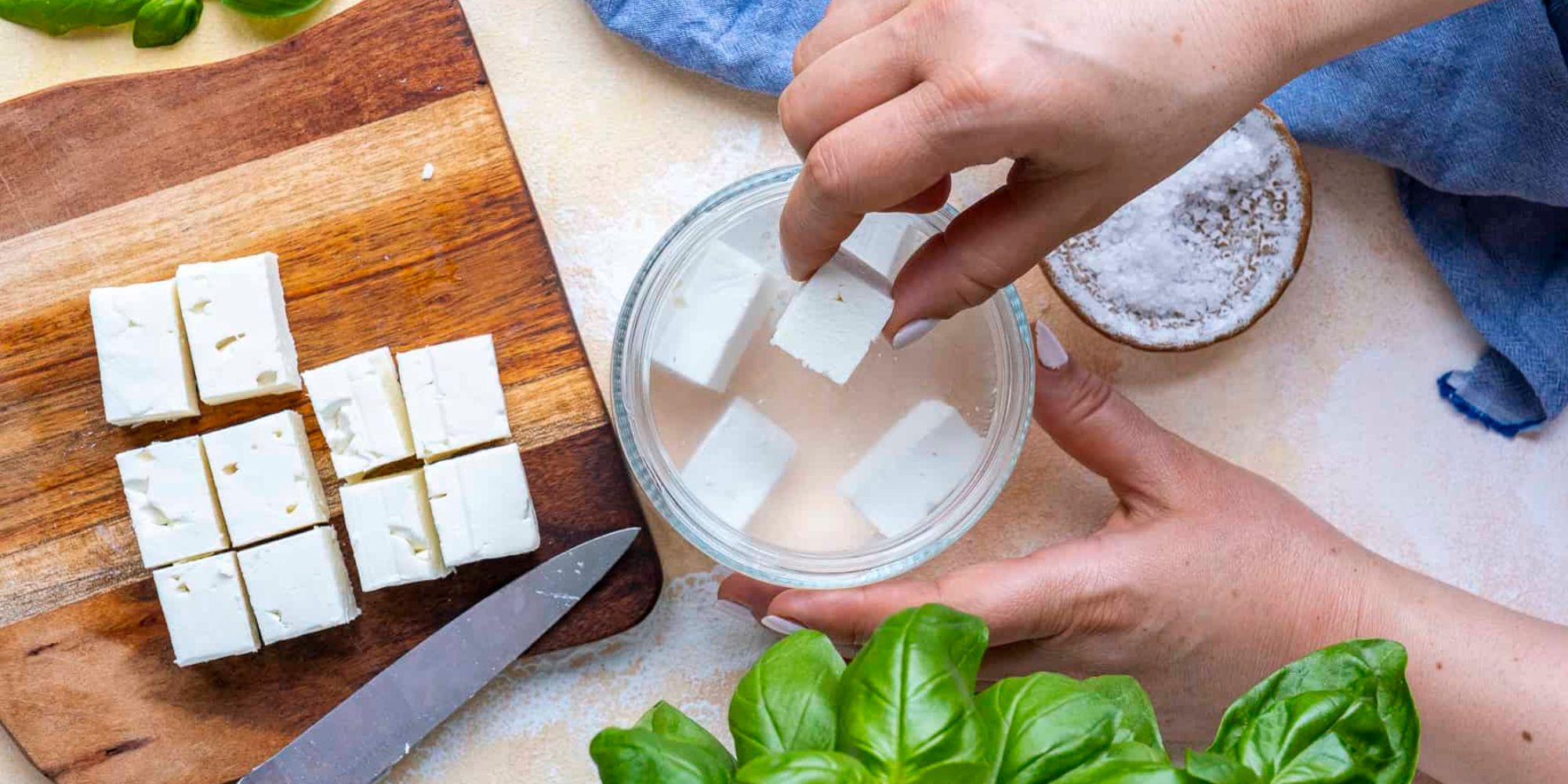Unlocking the Flavor of Fermented Habanero Peppers
Are you ready to take your love for spicy food to the next level? Fermenting habanero peppers is a fantastic way to elevate their flavor and create a versatile condiment that can be used in a variety of dishes. Whether you’re a seasoned fermenter or a beginner looking to expand your culinary skills, fermenting habanero peppers is a rewarding and relatively simple process that yields delicious results.
Why Ferment Habanero Peppers?
Habanero peppers are known for their intense heat and fruity flavor, and fermenting them adds a whole new dimension to their taste profile. The fermentation process not only enhances the flavor of the peppers but also increases their nutritional value. Fermented habanero peppers are rich in probiotics, which are beneficial for gut health, and they can be used to add a zesty kick to a wide range of dishes.
Getting Started
Before you begin the fermentation process, gather the following ingredients and equipment:
- Fresh habanero peppers
- Sea salt or kosher salt
- Garlic cloves
- Filtered water
- A clean glass jar
- A fermentation weight or small glass weight
- A breathable cloth or coffee filter
- A rubber band
The Fermentation Process
Now that you have everything you need, it’s time to start fermenting your habanero peppers. Follow these simple steps:
- Wash the habanero peppers and remove the stems.
- Slice the peppers and pack them into the glass jar, leaving some space at the top.
- Add a few peeled garlic cloves to the jar for extra flavor.
- Dissolve sea salt or kosher salt in filtered water to create a brine. The ratio of salt to water should be around 2%.
- Pour the brine over the peppers, ensuring they are fully submerged. Place the fermentation weight on top to keep the peppers submerged.
- Cover the jar with a breathable cloth or coffee filter and secure it with a rubber band.
- Place the jar in a cool, dark place and let the peppers ferment for 1-2 weeks, depending on your taste preference.
Enjoying Your Fermented Habanero Peppers
Once your habanero peppers have finished fermenting, it’s time to enjoy the flavorful results. You can use the fermented peppers to make hot sauce, add them to salsas, soups, or marinades, or simply use them as a condiment to spice up any dish. The possibilities are endless, and the unique flavor of fermented habanero peppers is sure to impress your taste buds.
Remember to store your fermented habanero peppers in the refrigerator, where they will continue to develop flavor over time. Experiment with different recipes and discover new ways to incorporate this fiery condiment into your favorite dishes.
In Conclusion
Fermenting habanero peppers is a fun and rewarding process that allows you to unlock the full potential of these fiery gems. By following a few simple steps, you can create a versatile and flavorful condiment that will add a spicy kick to your culinary creations. Whether you’re a fan of heat or simply enjoy experimenting with new flavors, fermenting habanero peppers is a delicious adventure that’s well worth embarking on.
So, roll up your sleeves, gather your ingredients, and get ready to savor the bold and vibrant taste of fermented habanero peppers.
More Fiery Recipes Featuring Fermented Habaneros
Once you've mastered the art of fermenting habanero peppers, a flavorful world awaits. From sauces to toppings, the versatility of fermented habaneros can transform ordinary meals into extraordinary culinary experiences. For those looking to dive right into practical applications, fermented habanero hot sauce is a must-try due to its universal appeal and ease of integration into various dishes. If you're aiming to impress at your next dinner party, consider the caribbean style fermented habanero jerk marinade, perfect for adding a spicy kick to grilled meats. Meanwhile, the fermented habanero and mango salad dressing offers a delightful combination of heat and sweetness, ideal for refreshing summer salads. Each recipe not only allows you to apply your fermentation skills but also enhances your meals with vibrant flavors and nutritional benefits.
